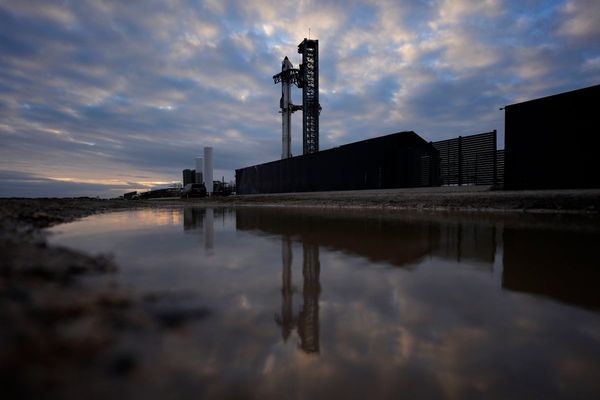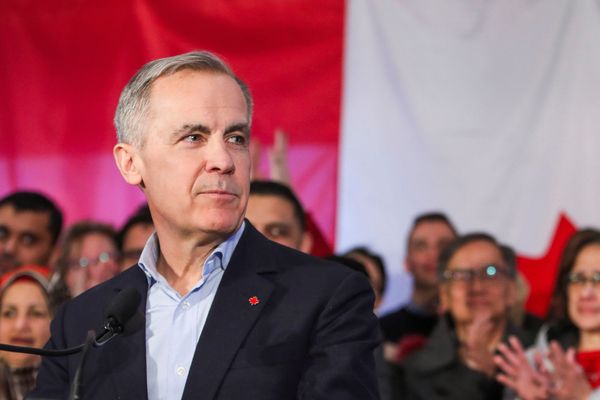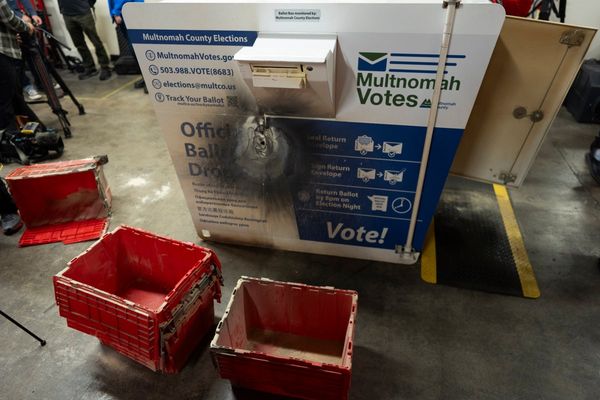
Turkish President Recep Tayyip Erdogan is not usually known as an economic innovator. But for the past year, his government has been running a high-stakes economic experiment. The test: How long can Turkey hide the fact that it is spending far beyond its means? Normally when governments spend more than they tax, the difference appears as a budget deficit. They fund that deficit by issuing bonds, which are traded on international markets and so are easy to track. If the debt load grows too large, and if borrowing costs spike, then then country must default or seek a bailout. This type of debt crisis isn’t pleasant, as Argentina or Greece or Pakistan could attest, but it is at least straightforward and familiar.
Turkey has also spent well more than it should, but it has done so in way that hid the costs deep in its financial system, leaving them invisible to all but the most committed financial sleuths. There’s relatively little sovereign debt—the type usually funded by international bonds—to be found, though its overall value is ticking up somewhat. The big borrowing has been by the country’s banks, including both private and state-owned banks—and that is where Turkey’s trouble has built up.
Since the 2008 financial crisis, the U.S. Federal Reserve has kept interest rates low, hoping to spur an economic recovery in the United States. This had the side effect of making it cheap to borrow dollars, for both Americans and for anyone else looking for credit. Turkish banks took note and binged on cheap dollar loans.
And so Turkey’s banks came to have lots of dollars. What to do with them? First, they lent the dollars to Turkish firms, in industries such as tourism, energy, infrastructure, and real estate, which preferred loans in dollars rather than lira due to the cheap interest rates on offer. Sectors like infrastructure and real estate sell primarily to Turks, so their revenues are priced in Turkish lira. But their loan repayments were still in dollars. The problem is that, if the lira fell against the dollar—and it has fallen substantially over the past few years—it would become harder for Turkish firms to repay their dollar loans. And that, in turn, could lead to a banking crisis.
Not all the dollars that Turkish banks borrowed from abroad were given out to Turkey’s companies. Individual Turks mostly take out loans to buy houses or cars in lira, not dollars. So Turkey’s banks needed lira to lend them. The banks took the dollars they had accumulated and swapped them into lira on financial markets, paying a fee linked to the lira interest rate set by the Turkish central bank. This created a second risk burrowed deep in the country’s banking system: If interest rates rise, the cost of banks’ lira borrowing would shoot upward, cutting into bank profits.
Fast forward to the past few months. As COVID-19 slammed into the global economy, emerging markets such as Turkey were hard hit. The lira lost 10 percent of its value in March and April alone. When the lira falls, the price of imported goods rises, and Turks’ living standards fall. Fearing a backlash, Turkey’s government decided to stop the lira from falling further. It used a standard tactic, selling dollars to buy up lira on the open market, bolstering the value of Turkey’s currency. For most of the summer, this trick worked: The lira was steady at around 6.85 to the dollar for almost all of June and July.
But spending dollar reserves to defend the value of your currency only works so long as you have dollars to spend. The government started the year with far fewer reserves than it should have, and it soon faced demand for more spending, as Erdogan insisted that the currency be defended. Where to find more dollars?
This is where Turkey’s banks come back in. They had an excess, having borrowed billions from abroad in previous years. So Turkey’s central bank began borrowing dollars from the country’s own banks, too. The central bank owes $54 billion—dollars, not lira—to Turkey’s banks. But it spent even more than that, around $65 billion already this year, according to estimates from Goldman Sachs, on top of an additional $40 billion in 2019. So according to the most recent data released by Turkey’s government, the central bank is facing a shortfall of around $25 billion, once you subtract the funds they hold in gold and Qatari riyal.
A big hole is not what you want in your central bank’s balance sheet, but this it is the reality that Turkey faces. It is no longer possible to defend the lira at its level of earlier this summer. It has already slipped by several percent in value, and a steeper fall seems only a matter of time.
What options does Erdogan have? The path ahead is strewn with risks. Let the lira fall, and Turkish companies with dollar debts will struggle to pay them bank. A steep decline in the lira could even make Turkey’s banks go bust. Hike interest rates, and currency might stabilize, but the economy would be thrown into a deeper recession, exacerbating the coronavirus slump and denting Erdogan’s popularity. Both options are dangerous. But doing nothing is probably worse: The lira will fall anyway, and the economy will sink into a prolonged recession, too. Erdogan’s economic experiment was interesting while it lasted, generating a false sense of stability. But hiding the country’s economic problems deep in the banking system was never more than a temporary cover-up.







